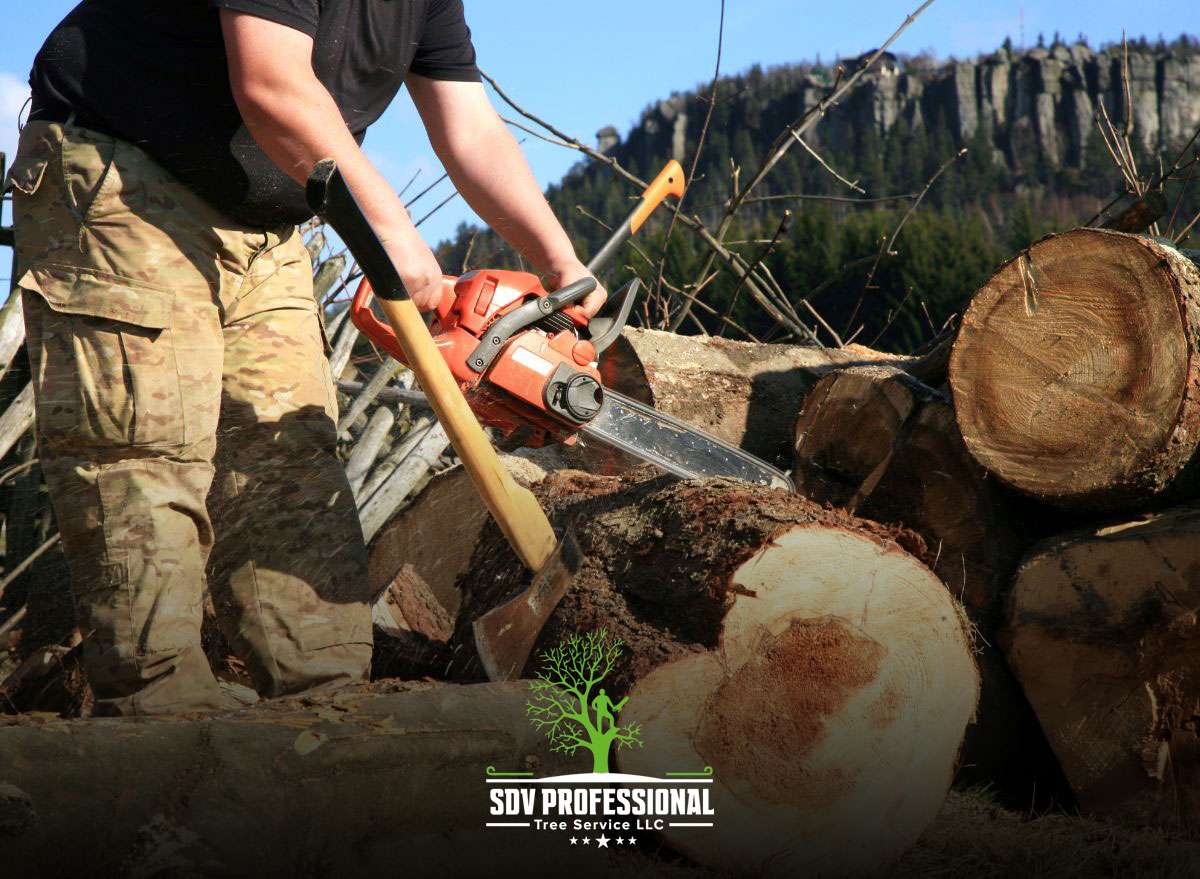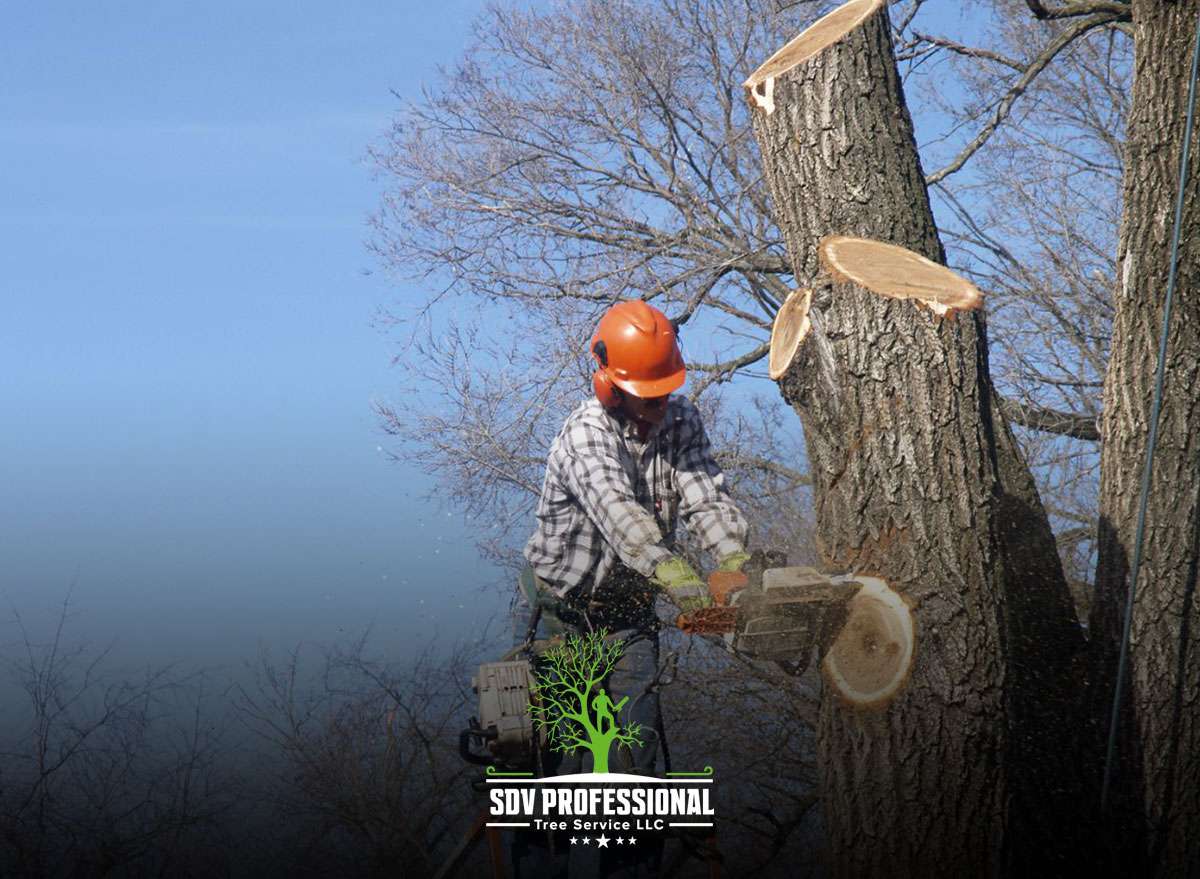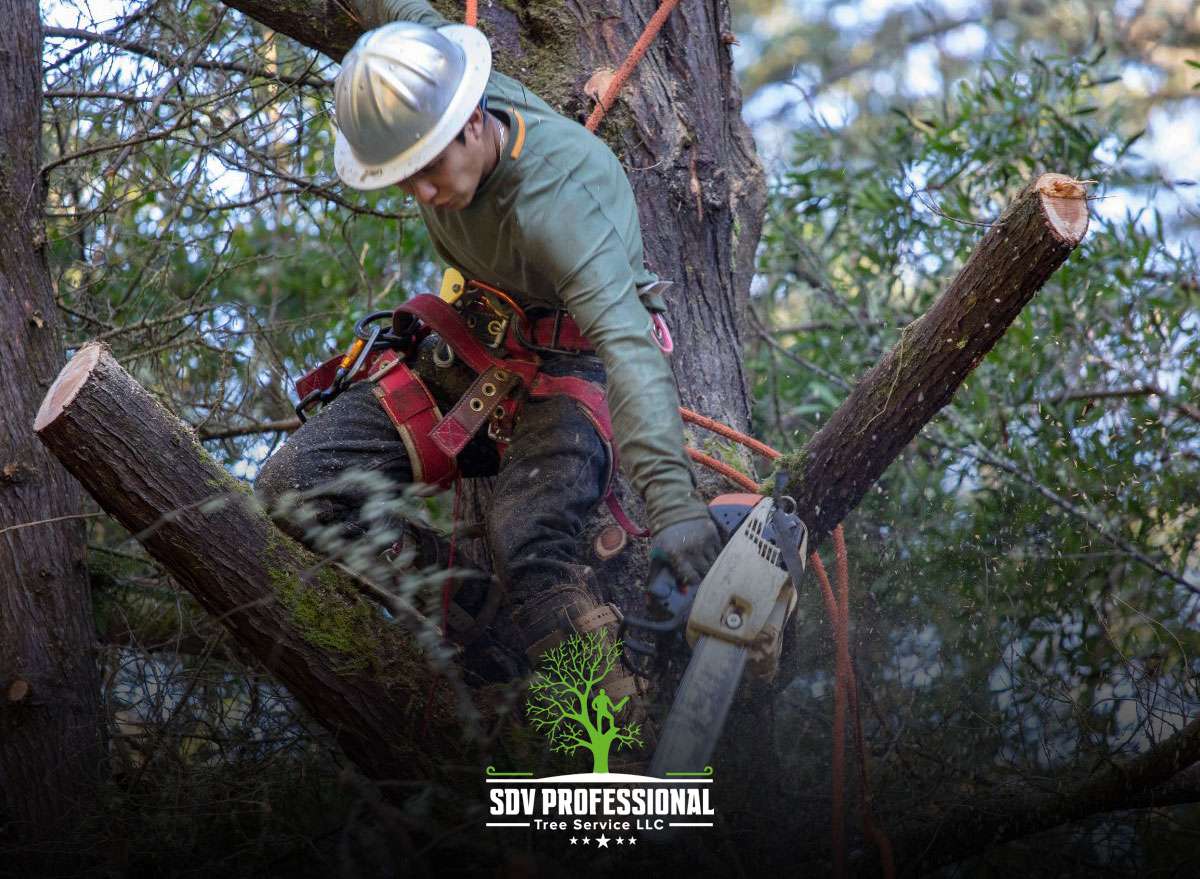
Best Time of Year to Cut Down Trees: Expert Insights
Determining the best time to cut down trees is crucial for homeowners, gardeners, and environmental enthusiasts alike. This period is vital for the trees’ health and safety, ensuring effective tree removal. As seasons change, so do the conditions that impact tree cutting.
From weather patterns to tree analysis, various factors play a crucial role in deciding when it’s good to undertake this task. In this complete guide, we’ll explore these factors and provide you with the necessary knowledge to make informed decisions. Whether you’re looking to clear land, maintain your property, or ensure the safety of your surroundings, understanding the optimal time for cutting down trees is key.
The Optimal Season: Understanding the Best Time of Year to Cut Down Trees
Late winter to early spring is the ideal season for cutting down trees, as they are dormant, making the process safer and more efficient while minimizing tree stress.
Strategizing the Best Time of Year to Cut Down Trees: A Step-by-Step Guide

Cutting down trees, especially during the best time of year, requires careful planning and the right tools. The process involves understanding the perfect season and preparing adequately for the task. Here’s a detailed guide with the necessary steps and tools:
Preparatory Steps for Tree Cutting
Assess the Tree and Area:
- Inspect the tree for health and stability.
- Check for proximity to power lines, structures, and other trees.
- Determine the direction of the fall.
Choose the Right Season:
- Late winter to early spring is often ideal, as trees are dormant.
- Avoid windy or excessively wet conditions.
Obtain Necessary Permits:
- Check local regulations for tree cutting.
- Secure any required permissions.
Essential Tools for Tree Cutting
- Chainsaw: Choose a size suitable for the tree’s diameter.
- Safety Gear: Includes helmet, gloves, goggles, and ear protection.
- Rope: For directional felling or securing larger branches.
- Axe or Hatchet: Useful for smaller branches or as a secondary tool.
- Ladder: For reaching higher branches, if needed.
- Wedges: To help direct the fall of the tree.
- First Aid Kit: Always have it on hand for emergencies.
Steps in the Tree-Cutting Process
Clear the Area:
- Remove any obstacles around the tree.
- Ensure a clear escape route.
Plan Your Cuts:
- Identify where to cut the notch.
- Plan the backcut to ensure a controlled fall.
Make the Notch Cut:
- Cut at a 70-degree angle downwards.
- Then, cut horizontally to meet the first cut, forming a notch.
Execute the Back Cut:
- Cut on the opposite side of the notch.
- Leave a hinge of wood to guide the fall.
Monitor and Adjust:
- Be alert for any shifts in the tree’s movement.
- Adjust your position and cutting technique as needed.
Retreat Safely:
- Once the tree begins to fall, retreat quickly along your planned escape route.
Maximizing Efficiency: Tips and Facts for Cutting Down Trees at the Right Time

Cutting down trees at the right time of year is about more than just following a schedule. It involves understanding the science and art of tree management. Here are some insightful tips, interesting facts, and common questions to enhance your tree-cutting experience:
Essential Tips for Optimal Tree Cutting
- Timing is Key: The dormant season (late winter to early spring) minimizes tree stress and reduces disease spread.
- Safety First: Always prioritize safety using proper gear and following best practices.
- Regular Maintenance: Regularly trimming trees can make cutting more accessible and safer.
Fascinating Facts About Tree Cutting
- Dormant Season Advantages: Trees are lighter and easier to handle due to less sap flow during their inactive phase.
- Wildlife Considerations: Cutting in late winter avoids disturbing nesting birds and other wildlife.
- Healing Factor: Trees cut during dormancy heal better and are less disease-prone.
Frequently Asked Questions
Why is late winter considered the best time to cut down trees?
- This period minimizes the impact on tree health and simplifies the cutting process due to the dormant state of trees.
Can weather conditions affect tree-cutting schedules?
- Strong winds or heavy rain can make tree-cutting unsafe in adverse weather conditions, so avoid them.
Is it necessary to consult a professional arborist?
- You should consult a professional for safety and effectiveness for large or complex tree-cutting projects.
SDV Tree Service: Your Partner in Professional Tree Cutting Solutions

At SDV Tree Service, we understand that cutting down trees is more than just a task—it’s an art and a science. Our expert team is committed to providing tree services and meeting your needs with precision and care.
Contact SDV Tree Service today and let us help you achieve your goals with professionalism and expertise. Remember, timing is everything regarding tree cutting, and we’re here to ensure you get it right.
